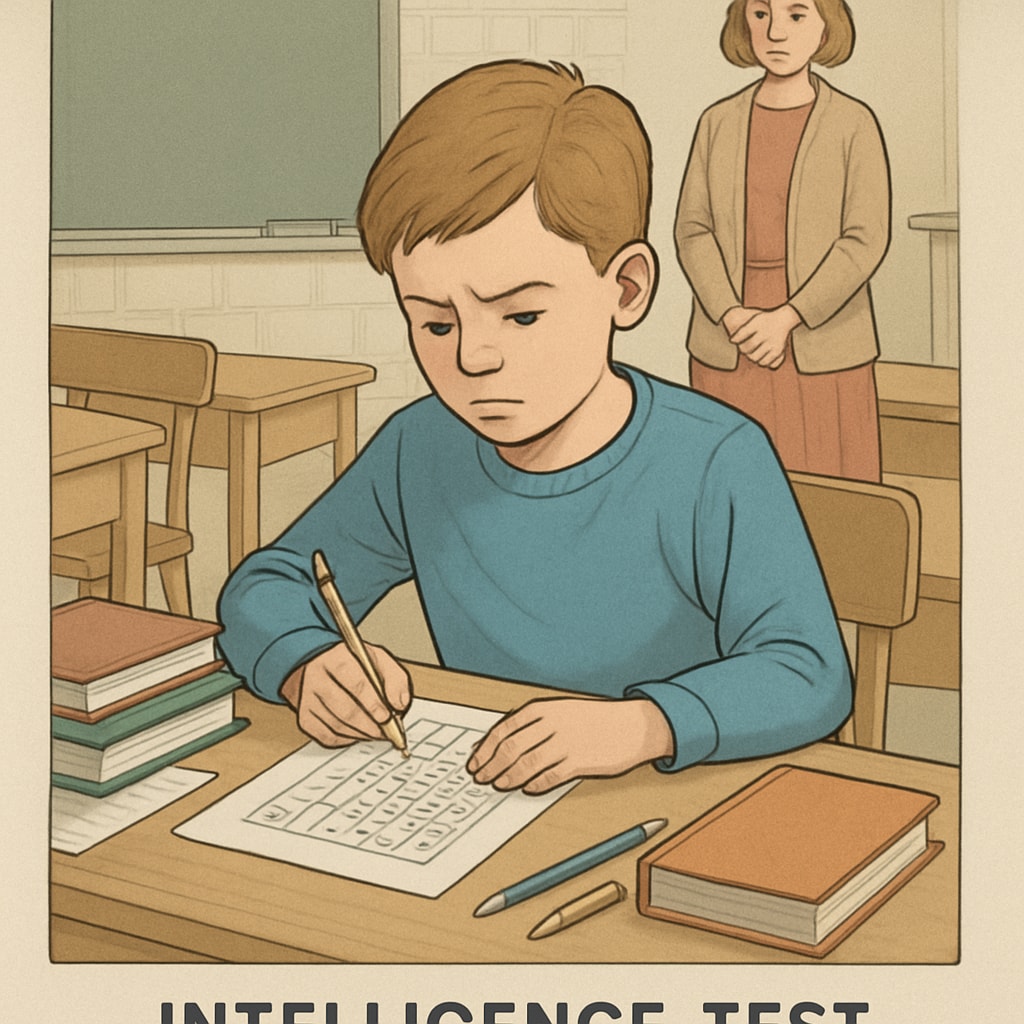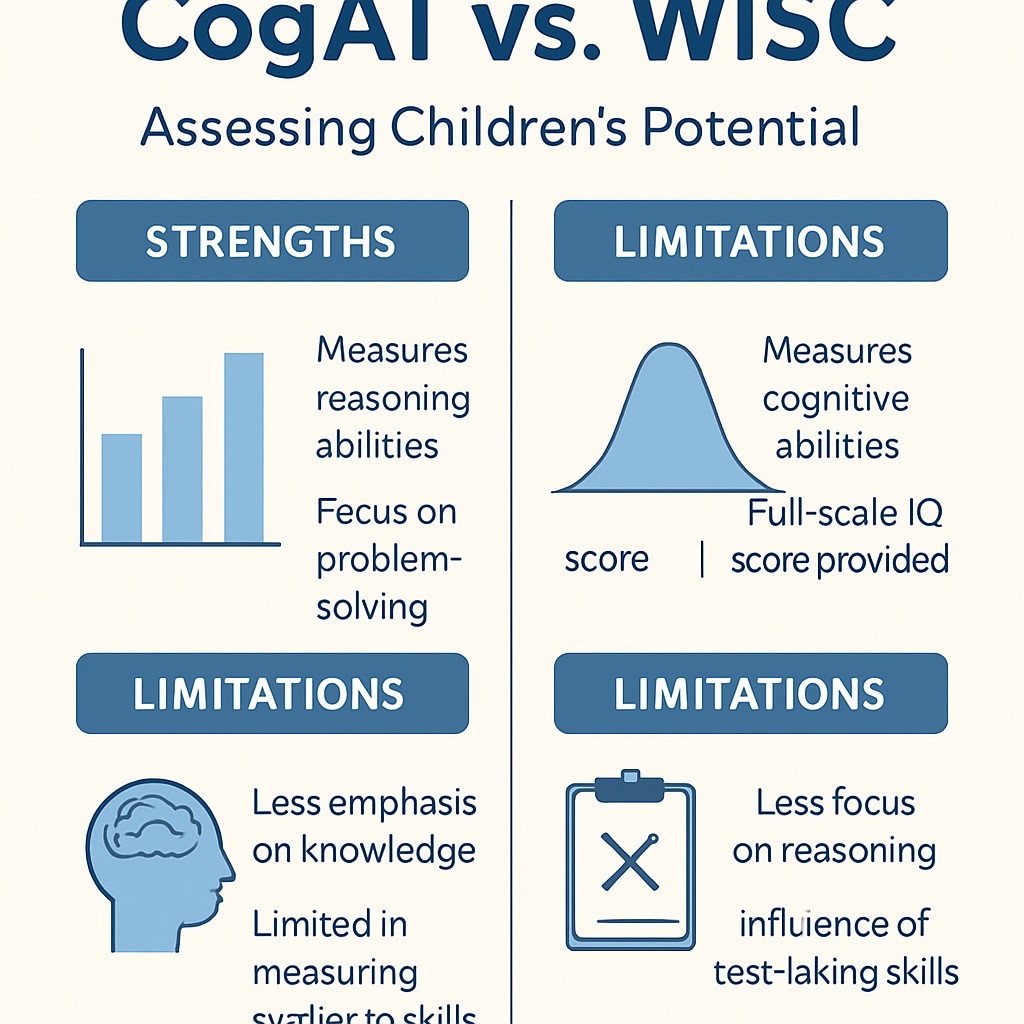Identifying gifted children requires a careful approach, and standardized intelligence tests such as CogAT and WISC have become essential tools for this purpose. These tests provide valuable insights into children’s cognitive abilities, helping parents and educators make informed decisions about their potential and educational needs. However, while standardized testing plays a significant role, it also has limitations. This article aims to decode the best testing methods for evaluating children’s potential, highlighting key tools, their applications, and why a comprehensive assessment framework is necessary.
Understanding Key Standardized Tests for Gifted Children
Standardized intelligence tests are designed to measure various cognitive abilities, such as reasoning, problem-solving, and memory. Among the widely used tools for assessing gifted children are the Cognitive Abilities Test (CogAT) and the Wechsler Intelligence Scale for Children (WISC).
- Cognitive Abilities Test (CogAT): CogAT assesses reasoning abilities in three domains: verbal, quantitative, and non-verbal. It is often used by schools to identify students for gifted programs, as it provides a broad overview of intellectual potential.
- Wechsler Intelligence Scale for Children (WISC): WISC focuses on specific cognitive skills, including verbal comprehension, perceptual reasoning, working memory, and processing speed. It is ideal for pinpointing strengths and areas that may need support.
Both tests offer unique advantages, but their effectiveness depends on the child’s age, educational background, and specific needs. For example, CogAT is better suited for group testing, while WISC provides a more detailed individual profile.

The Value and Limitations of Standardized Testing
Standardized tests are valuable for providing objective, measurable data about a child’s cognitive potential. They are particularly useful for identifying gifted children who may require advanced academic programs or specialized support.
However, these tests have limitations. For instance:
- They often focus primarily on intellectual abilities while neglecting emotional, social, or creative skills.
- Test results can be influenced by external factors, such as a child’s mood or familiarity with the testing environment.
- Standardized tests may inadvertently favor children from certain socio-economic or cultural backgrounds, leading to potential biases.
As a result, relying solely on standardized tests may not provide a holistic view of a child’s potential. Complementary tools and approaches are needed to ensure a well-rounded evaluation.

Building a Multi-Dimensional Assessment Framework
To truly understand a child’s abilities and potential, a multi-dimensional assessment framework is essential. This involves combining standardized test results with other evaluation methods, such as:
- Teacher Observations: Educators can provide valuable insights into a child’s learning style, creativity, and social interactions.
- Parental Input: Parents can offer perspectives on their child’s interests, behavior, and emotional development outside of school.
- Performance Portfolios: A collection of a child’s work, such as art, writing, or problem-solving tasks, can showcase talents that standardized tests might overlook.
- Specialized Assessments: Tools like creativity tests or emotional intelligence evaluations can complement traditional cognitive tests.
By integrating these methods, parents and educators can create a more comprehensive picture of a child’s abilities, ensuring that gifted children receive the support and opportunities they need to thrive.
Conclusion: Choosing the Best Approach
While CogAT and WISC remain leading tools for assessing gifted children, their effectiveness depends on how they are used. Standardized tests should serve as one piece of the puzzle rather than the sole determinant of potential. A multi-dimensional assessment framework that includes observations, portfolios, and specialized assessments can provide a richer understanding of a child’s talents and needs.
Ultimately, the goal is to empower children by recognizing their unique strengths and helping them reach their full potential. By choosing the right assessment methods, parents and educators can unlock the doors to a brighter future for gifted children.
For further reading: Explore the Cognitive Abilities Test on Wikipedia or the WISC overview on Britannica.


